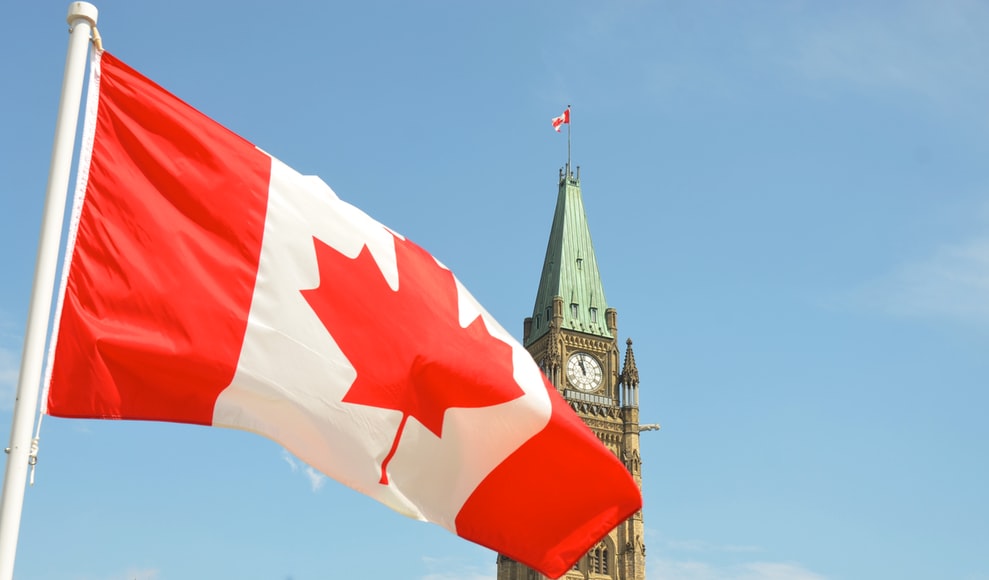Why Does Canada Have 6 Different Time Zones?

Time varies from country to country, and this is because they are located in different regions in the world which correspond to a time zone. For someone who often travels, knowing the time zones is necessary. You may need to adjust your clock when traveling from one country to another. Still, some places follow different time zones even though they are in the same country as Canada.
Canada, which is located in North America, is one of the largest countries in the world, and it follows Russia when it comes to the total land area. Aside from its size, Canada is also known for having six different time zones, and it is tied with the USA in second place while Russia takes the lead with eleven time zones. However, why do these countries have multiple time zones?
Time Zones in Canada
The size of Canada is mainly one of the reasons why it has multiple time zones. When you look at the map, Canada stretches from 52 degrees to 141 degrees west, and one time zone is only 15 degrees wide, which means that it covers six different time zones. Starting from the west to the east, the time zones are Pacific, Mountain, Central, Eastern, Atlantic, and Newfoundland. Each of them has a one-hour interval except for Newfoundland, which only has a 30-minute interval. The Pacific Time has the earliest time, UTC -8, while Newfoundland is at UTC -3:30.
Daylight Saving Time
Daylight Saving Time or DST in Canada is observed from March to November. It was first introduced in 1918 by means of the regulation of the federal government. It was during the First World War when they used this system to aid their war production. Other countries like Germany and Britain also had this legislation at that time.
At present, they advance their clocks by one hour every second Sunday of March. Then, they turn it back to the standard time by the first Sunday of November. They do this to save time in the morning and have an additional hour in the afternoon. During this time of the year, the day seems to be much longer.
In addition, the boundaries change when it comes to daylight saving time, and some municipalities refuse to change their time which causes the dividing line to shift. An example is northeastern British Columbia that does not follow the Mountain time zone during winter.
Unique Time
Three places in Canada have unique times. The first one is the province of Saskatchewan. They do not set their clocks to DST because they only use the Central standard time for the whole year. Then, there is Newfoundland and Labrador. Although they are in the same province, they have two time zones, and Newfoundland island follows the Newfoundland time while the rest of Labrador uses the Atlantic time.
In addition, when time zones in Canada were being discussed, Newfoundland and Labrador were not yet part of it. They have their time zone then. But when they joined Canada, their time zone remained. They do not need to change it because most people living in the province are comfortable with their current time.
For most cases, a different country means a different time zone. Yet, a single country can also have multiple time zones. And even a province in that country can have two time zones. It is pretty fascinating how these statements refer to Canada, which makes the country more interesting to people.
Nevertheless, the different time settings do not necessarily separate a nation or the world, and time zones are established to unify. By following time zones, people will get to follow the standard time for each region. Thus, creating a more systematized communication and transportation.